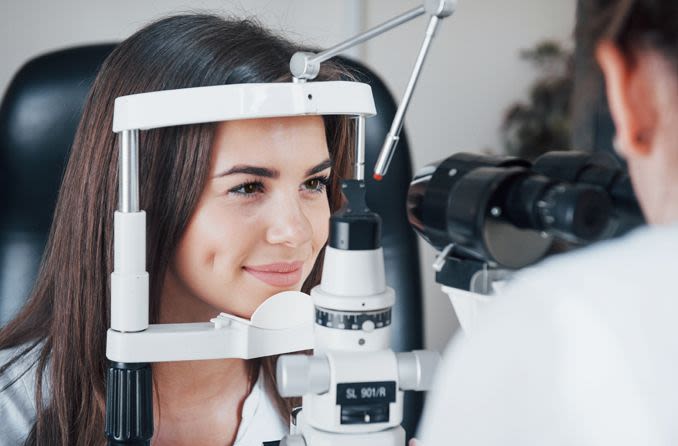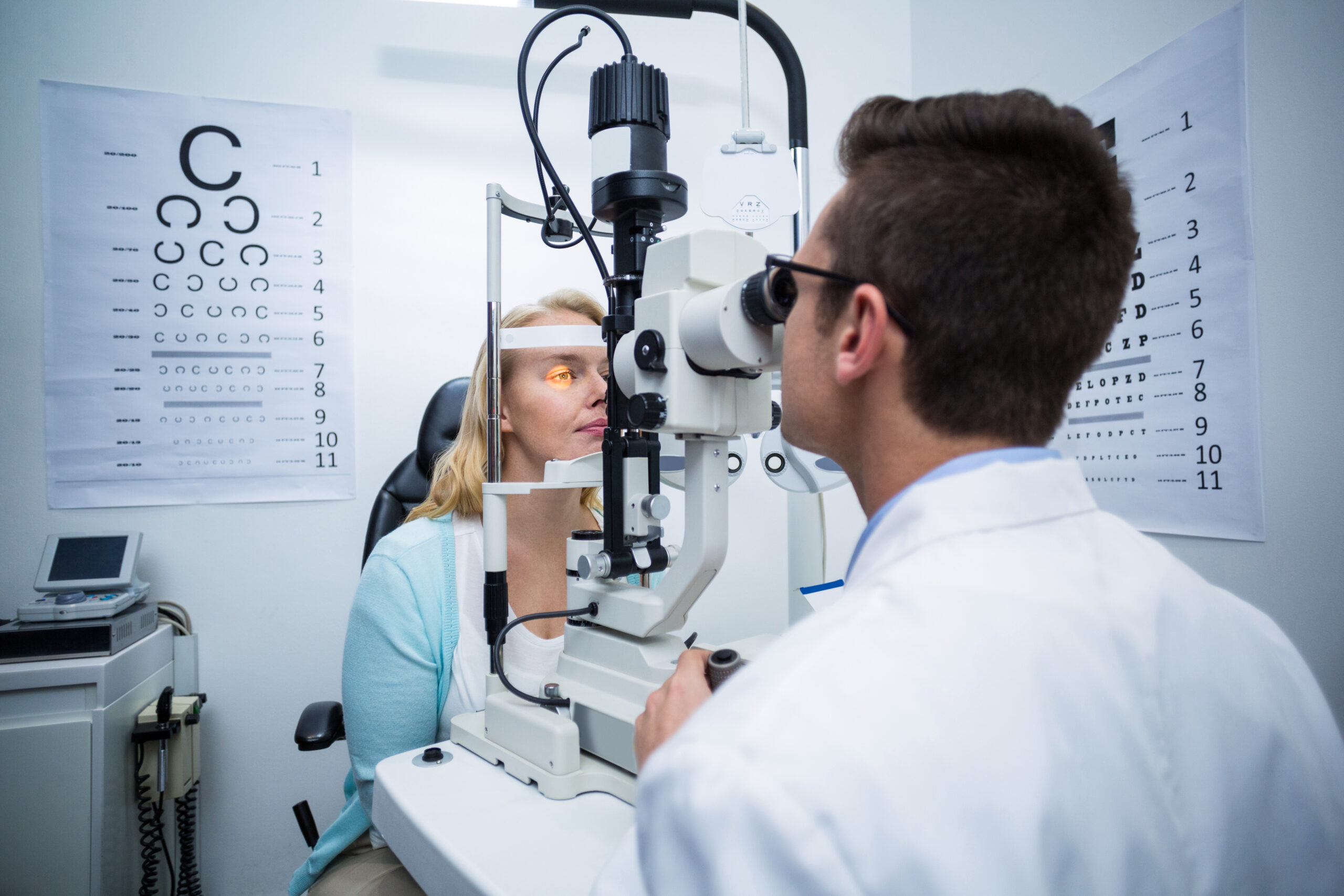Guide to Keratoconus Surgery

A Complete Guide to Keratoconus Surgery
Keratoconus is a progressive eye disorder that affects the shape of the cornea, causing it to thin and bulge into a cone-like shape. While glasses and contact lenses can help manage the symptoms in the early stages, some patients may eventually require surgery to improve their vision and halt the progression of the disease.
Understanding Keratoconus
Before delving into surgical options, it’s essential to understand what Keratoconus is and how it affects vision. Keratoconus typically begins during the teenage years or early adulthood and can lead to blurry vision, increased sensitivity to light, and distorted vision. As the disease progresses, it can significantly impact daily activities and quality of life.
Indications for Keratoconus Surgery
Keratoconus surgery is typically recommended for patients who experience significant vision loss or are unable to achieve adequate vision correction with glasses or contact lenses. Additionally, surgery may be considered to prevent further deterioration of the cornea in advanced cases of the disease.
Types of Keratoconus Surgery
There are several surgical options available for treating Keratoconus, each tailored to the individual patient’s needs and the severity of their condition. Some of the most common surgical procedures include:
- Corneal Cross-Linking (CXL): This minimally invasive procedure involves applying riboflavin (vitamin B2) eye drops to the cornea, followed by exposure to ultraviolet light. CXL helps strengthen the cornea and halt the progression of Keratoconus.
- Intacs Inserts: Intacs are small, crescent-shaped implants that are placed within the cornea to flatten and reshape its curvature. This can help improve vision and reduce the irregular astigmatism associated with Keratoconus.
- Corneal Transplant (Penetrating Keratoplasty or DALK): In severe cases of Keratoconus where the cornea is significantly scarred or thinned, a corneal transplant may be necessary. During this procedure, the damaged cornea is replaced with healthy donor tissue to restore vision.
The Keratoconus Surgical Process
Prior to undergoing Keratoconus surgery, patients will undergo a comprehensive eye evaluation to assess their eligibility and determine the most appropriate treatment approach. The surgical process itself varies depending on the procedure but is typically performed on an outpatient basis under local or general anesthesia.
Recovery and Follow-Up Care
Following Keratoconus surgery, patients will need to follow specific post-operative instructions provided by their surgeon to ensure proper healing and optimal visual outcomes. Recovery times vary depending on the type of surgery performed, but patients can generally expect to experience some discomfort and temporary changes in vision during the initial healing period.
Treating Keratoconus at SightMD
Keratoconus surgery offers hope for patients struggling with vision loss due to this progressive eye disorder. By understanding the available surgical options, the procedure process, and what to expect during recovery, patients can make informed decisions about their treatment and take proactive steps to preserve their vision. If you or a loved one is living with Keratoconus, don’t hesitate to consult with the experienced ophthalmologists at SightMD. Our team is dedicated to providing personalized care and innovative treatment options to help patients achieve clearer vision and improved quality of life. Schedule a consultation today to learn more about Keratoconus surgery and how we can help.


